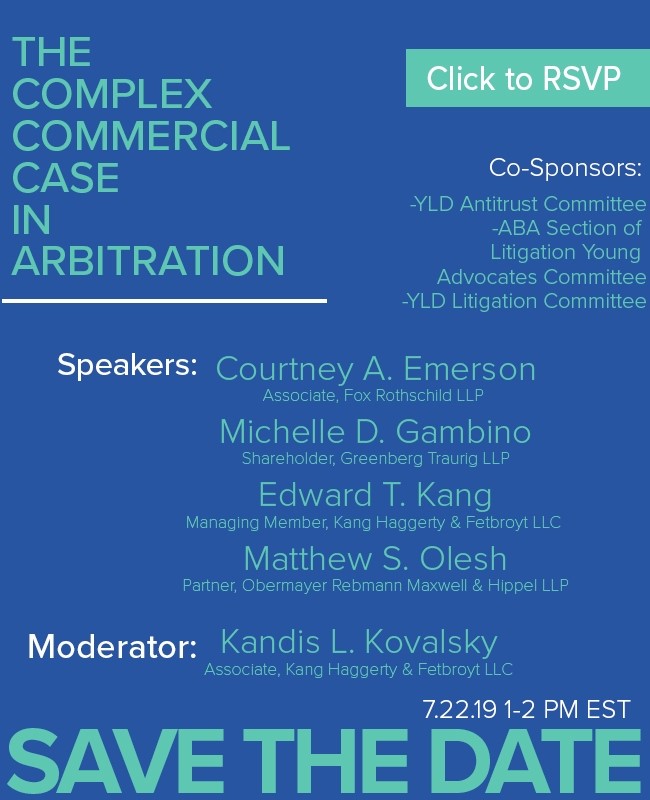When ALM’s The Legal Intelligencer, also published online at Law.com, convened their annual Roundtable Discussion on Diversity and Inclusion efforts, they turned to Kang Haggerty LLC (KH) managing member Edward T. Kang to serve as moderator.
The roundtable originally appeared in the October 15, 2019 edition of The Legal Intelligencer, and is available to read online at Law.com.
Besides his own first-hand experiences as a diverse lawyer, and leader of a minority-owned law firm in Philadelphia, Pennsylvania, Kang and his firm are active members of the National Association of Minority and Women Owned Law Firms (NAMWOLF). Kang Haggerty is also certified as a Minority-Owned Business Enterprise by the Eastern Minority Supplier Development Council.
 Kang Haggerty News
Kang Haggerty News


 Kang Haggerty managing member
Kang Haggerty managing member 


